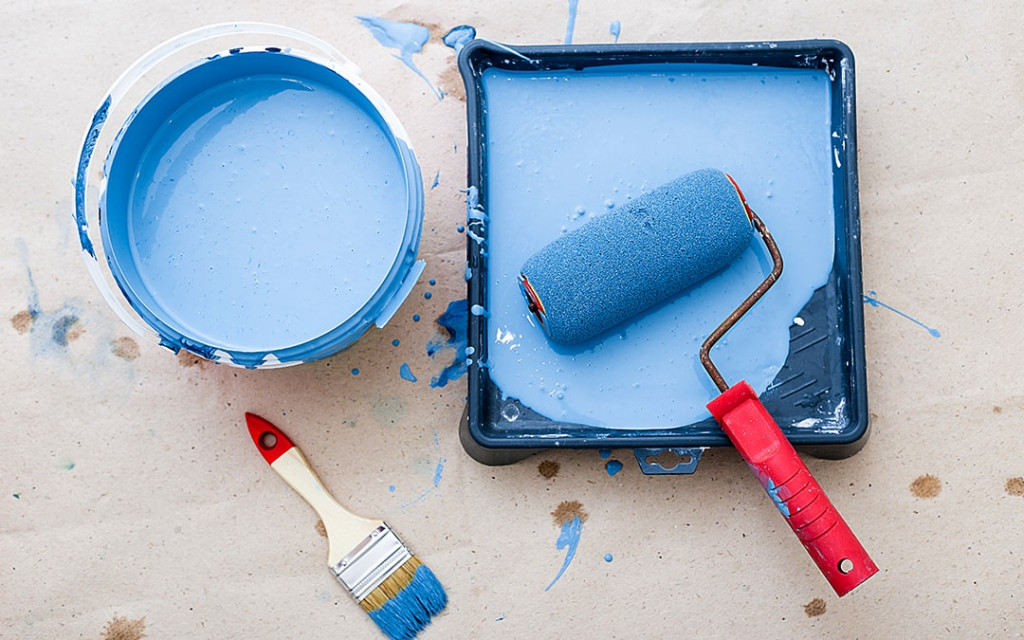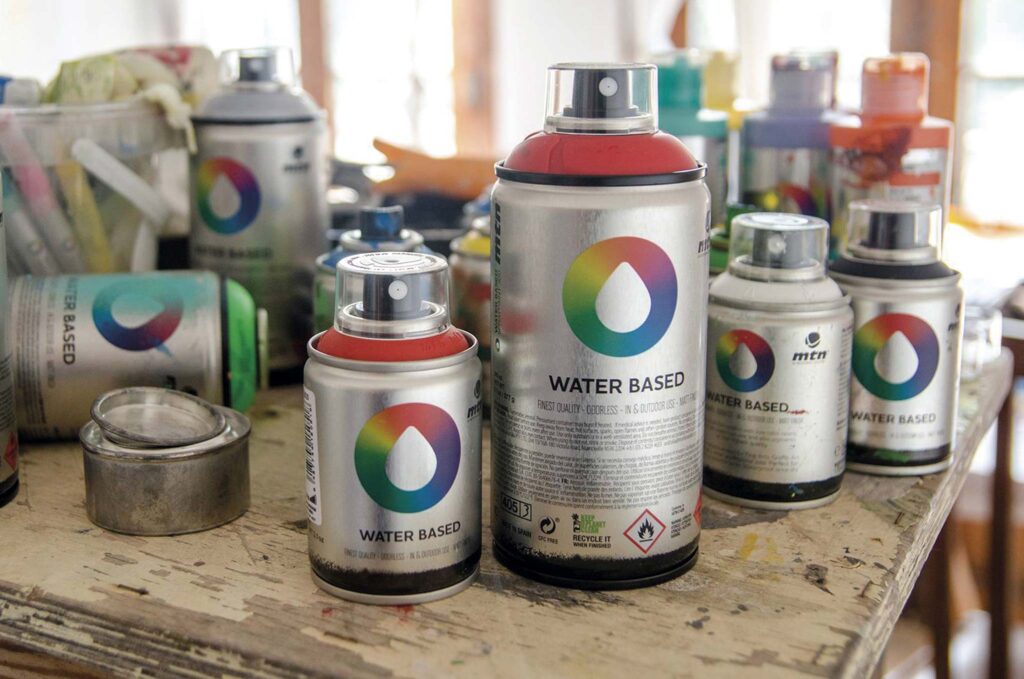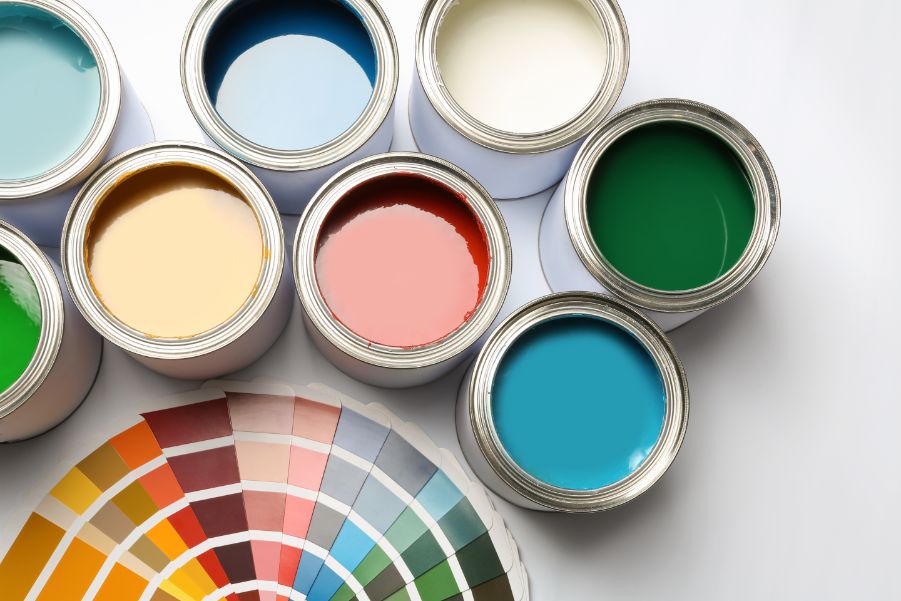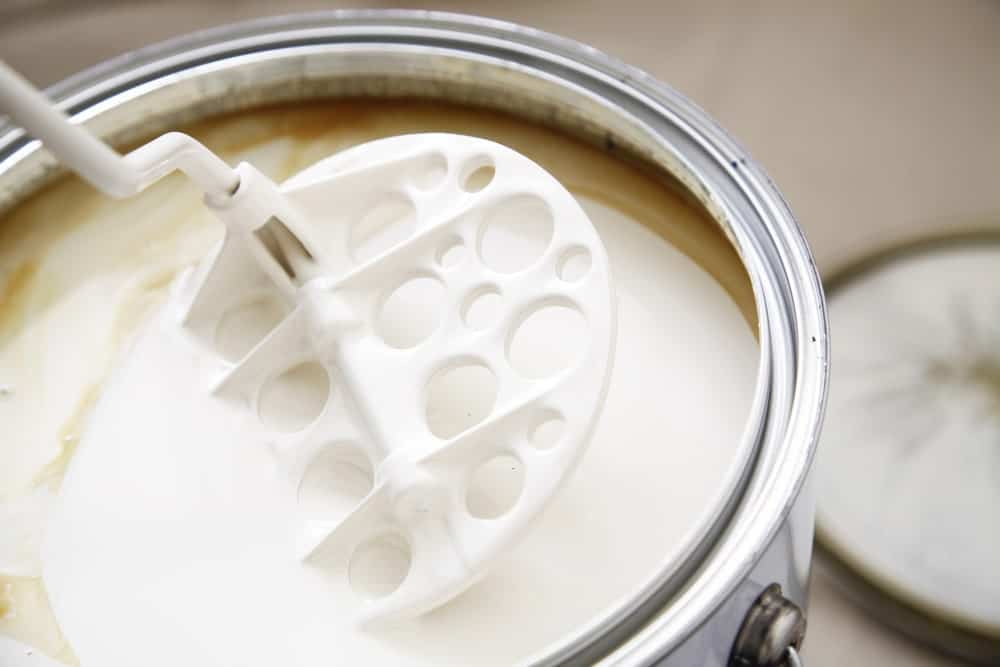Picking out the right type of paint for your home can be a daunting task, especially if you’re unsure of the differences between water-based and oil-based colors. Both have their advantages and drawbacks, so it’s important to consider your options carefully before making a final selection. This guide will provide an introduction to water-based and oil-based colors, discussing their respective characteristics so you can make an informed decision that best suits your needs.

Advantages of Water-Based Paint
Water-based paints also referred to as latex coating, offer many advantages when compared to oil-based colors.
Water-based paint is more environmentally friendly as it does not release hazardous volatile organic compounds (VOCs) into the atmosphere, which is something to definitely keep in mind when talking with your service provider like house painting Miami. It generally has a faster drying time and is less likely to produce that pungent odor often associated with oil-based paints. They also tend to be more easily washable, allowing for easier cleaning and repeat applications.
Lastly, because of their low VOC content, water-based colors typically produce fewer odors and fumes, making them an ideal choice for interior projects where ventilation may be minimal or absent due to construction restrictions or considerations for children and pets in an environment shared with the space being painted.
Disadvantages of Water-Based Paint
Water-based colors require more coats for adequate coverage — usually two or three — which will add more time and money if you need to hire a professional painter. Additionally, unlike oil-based paints, the water-based coating cannot be applied over wet or damp surfaces and require several days for prepping and drying before the application can begin.

Advantages of Oil-Based Paint
Oil-based paints, also known as alkyd-based paints, have improved in recent years and are now a viable choice for use in the home. This type of coating has excellent adhesion and provides a hard, durable finish that is more resistant to staining, chipping, and fading. It can typically withstand more vigorous cleaning than water-based colors before it starts to deteriorate.
In addition to providing superior durability, the oil-based coating is available in an array of colors that are much more vibrant than those offered by its water-based counterpart. It’s also very resistant to mildew growth which makes it an excellent choice for bathrooms or other humid areas where water damage might occur.
This type of paint requires longer drying time than water-based formula but the dry coat will be denser and much harder than that from most types of latex colors. Also bear in mind that oil-based paint cannot be applied over existing latex or acrylic-painted surfaces without being properly sealed first with a proper primer – so always do a test patch when using oil-based products on any surface!

Disadvantages of Oil-Based Paint
Oil-based colors can be more difficult to apply and take more time to dry as compared to a water-based finish. They also require a longer curing period, which means that the coating must stay dry for several days before it will be fully hardened and ready for use. This can be very inconvenient when you are trying to finish a project in a timely manner.
Aside from the tougher application process, oil-based coatings are also highly susceptible to dirt, grease, and fingerprints; this means that surfaces must be adequately cleaned before painting them with this type of coating. In addition, they also need more frequent repainting due to their increased vulnerability to wear and tear; they will begin showing signs of chipping and fading rather quickly after being applied.
Finally, since the oil-based coating is created from petroleum products it can often emit strong fumes during the process which could potentially cause health problems if proper ventilation isn’t available. This makes these coats less ideal for interior projects where ventilation may not be as readily accessible as outdoors or in some other environment with relatively large open spaces.

Factors to Consider
When choosing paint, there are several key factors to consider in order to make the best choice for your project. First, think about the surface you’ll be coloring— what type of material is it? Are you doing walls, ceilings, trim, or other structural elements of the home? The type of surface and its condition will help determine what kind of coating is most suitable for the job.
Another factor to consider is the finish that you’d like for your project. Is a semi-gloss finish most appropriate? Does an eggshell finish suit your needs better? Adding a protective coat with a clear latex or enamel sealer can also protect your investment and increase its lifespan.
It’s important to select a quality product when selecting both water—and oil—based finishes– read labels carefully before you buy! Additionally, make sure you follow manufacturer safety instructions when using either type of paint product in order to protect yourself from potential harm associated with strong fumes or contact with toxic chemicals.
Consider these options to learn more:
- Professional Advice: Visit a local store or home improvement store and speak with experts in the paint department. They will be able to help you decide if a water-based or an oil-based product is right for your project.
- Manufacturer’s website: Many manufacturers have detailed online resources which can guide you toward the best kind of product for your project.
- Informational websites: There are numerous informational websites that provide overviews and comparisons between water-based and oil-based paints. Read through these websites for helpful tips on which type of coating is best for different kinds of projects, climates, and wall types.
- Tutorial Videos: Online tutorials give step-by-step instructions on how to prepare surfaces, and apply color correction and strategies for successful long-term results. Watch these tutorials to gain an understanding of the painting process before you start your project.

Conclusion
When it comes to selecting the right type of paint for your home, both water-based and oil-based colors offer distinct benefits. Water-based colors are generally easy to clean, affordable, and fast drying; while oil-based paints tend to offer a glossy finish and better hiding power. Ultimately, the type of coating you select should depend on your specific project goals and preferences, as both types of paint do have unique advantages that can provide the perfect solution for your project.

